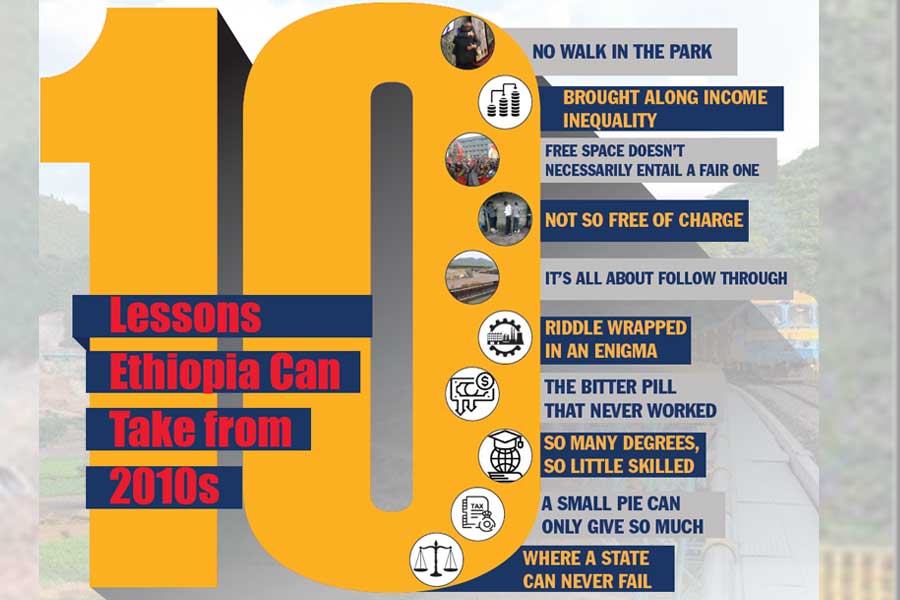
My Opinion | May 15,2021
There are movies and then there are pieces of art that have defined what cinema is. One of those movies is, inarguably, at least if we go by critic’s best-movies-of-all-time picks, 2001: A Space Odyssey.
There are some ways of telling if a movie is truly great, or merely an immersive experience when we watch it. The best telltale sign is when we know exactly when and under what circumstances we saw that movie for the first time.
I watched A Space Odyssey when I was 18 years old. I had read much about Stanley Kubrick, who was often described as a genius whose movies nonetheless had that cool, detached touch. By the sheer volume of the accolades it has received, his hard sci-fi, late-1960s movie is considered the best introduction to his rather small filmography.
I pirated the film from the internet, downloaded it onto a flash drive, connected that to the TV (I wanted the big screen experience or something close to it), and hit “play.” I had absolutely no idea what to expect.
The film started with a brilliant shot of the Earth. Then there were primates fighting with a bone; then humans travelling in outer space, investigating a strange large metal object on Mars; an expedition to Jupiter; a malicious computer called Hal; an astronaut lost in space, then suddenly finding himself in a room with an older version of himself; and finally, a baby travelling in space about to break the fourth wall.
Almost three hours had passed by, and I had no idea what was happening. I had never come across a movie that I could not comprehend or even relate to before. I felt dull and unsophisticated.
So I did a little research on what the movie was about. It turns out that no one else quite understood it. They were not as witless as me, but neither was there consensus on what the film was saying.
I realised something then. It was not a movie that was going to tell me something grandiose. A Space Odyssey was an invitation to form my own ideas about the subject matter it discussed. My intellectual laziness was not acceptable here. I was expected to decipher meanings, observe nuances and contextualise the discussion within a grander narrative about the human condition.
The movie was a challenge; it was a creative way of involving us in humanity’s greatest intellectual exercise: who are we, where are we going and what does it all mean?
I still do not fully understand A Space Odyssey, but I am getting closer to forming my ideas about it. It is constructed to narrate the story of the evolutionary progress of humanity, from ape-like creatures to what may be the post-human being. The characters, interestingly, are wooden, while the technology is clean and unobtrusive. It is as if people in the future had rid themselves of aesthetics and wholly embraced functionality in their attempt to advance their civilisation. They pay heed to a singular endeavour - the advancement of technology in their exploration of time and space.
At the centre of the movie are the inanimate objects that seem to have far more importance than the characters. One is the large rectangular object which seems to set off a revolution in human understanding and sophistication. The other is Hal, the AI that almost thwarts the mission the humans make to Jupiter once they receive a signal there.
There is disagreement over what Hal is supposed to represent – humanity being tackled by its own ingenuity, perhaps – but I have a suspicion that Hal symbolises the random quirks that arise on the road to progress. They are as indescribable as they are annoying and may end up being given more attention than they deserve to be.
But what was meant originally is beyond the point. The film belongs to those that watch it. It has enough detail to be interpreted in dozens of different ways without seeming elusive or flippant. It takes a special kind of movie to have this quality, and 2001: A Space Odyssey is probably the best of this kind.
PUBLISHED ON
Jul 10,2020 [ VOL
21 , NO
1054]

My Opinion | May 15,2021

Fortune News | Nov 09,2019

View From Arada | Jan 28,2023

Viewpoints | Apr 20,2019

News Analysis | Jan 05,2020

Fortune News | Jan 05,2020

Radar | Dec 25,2021

Commentaries | May 13,2023

Fortune News | Mar 06,2021

My Opinion | Jun 26,2021

My Opinion | 131970 Views | Aug 14,2021

My Opinion | 128359 Views | Aug 21,2021

My Opinion | 126296 Views | Sep 10,2021

My Opinion | 123912 Views | Aug 07,2021

Jul 5 , 2025
Six years ago, Ethiopia was the darling of international liberal commentators. A year...

Jun 28 , 2025
Meseret Damtie, the assertive auditor general, has never been shy about naming names...

Jun 21 , 2025
A well-worn adage says, “Budget is not destiny, but it is direction.” Examining t...

Jun 14 , 2025
Yet again, the Horn of Africa is bracing for trouble. A region already frayed by wars...

Jul 6 , 2025 . By BEZAWIT HULUAGER
The federal legislature gave Prime Minister Abiy Ahmed (PhD) what he wanted: a 1.9 tr...

Jul 6 , 2025 . By YITBAREK GETACHEW
In a city rising skyward at breakneck speed, a reckoning has arrived. Authorities in...

Jul 6 , 2025 . By NAHOM AYELE
A landmark directive from the Ministry of Finance signals a paradigm shift in the cou...

Jul 6 , 2025 . By NAHOM AYELE
Awash Bank has announced plans to establish a dedicated investment banking subsidiary...